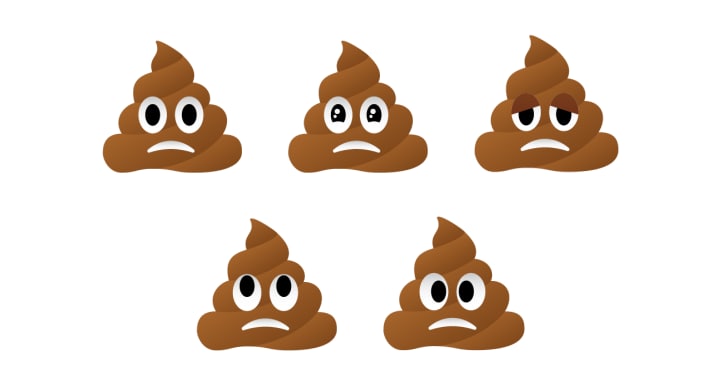
Following a submission for the June 2018 class — a proposed emoji titled “Frowning Pile of Poo” — the consortium erupted into a fierce debate over whether such a poo emoji was really necessary and, more broadly, whether the emoji creation process had become too frivolous and commercialized.
As Buzzfeed explains, Michael Everson and Andrew West are two typographers who vociferously objected to the latest submission, saying it cheapened the consortium’s image and was damaging to the Unicode academic reputation.
“The idea that our 5 committees would sanction further cute graphic characters based on this should embarrass absolutely everyone who votes yes on such an excrescence,” they wrote. “Will we have a CRYING PILE OF POO next? PILE OF POO WITH TONGUE STICKING OUT? PILE OF POO WITH QUESTION MARKS FOR EYES? PILE OF POO WITH KARAOKE MIC?”
The answer to all those questions is surely a resounding “Yes!” but let’s move on. An argument could be made that frowning poo is a necessary addition for those times when you want to covey your feelings with poo, only with a more dour and unhappy subtext. Emojis can be misinterpreted, after all. As the proponents argue in their 12-page proposal, it would “fill in the missing gap in emotions and attitudes that can’t be expressed with the smiling poo emoji alone.”
The typographers weren’t buying it. “As an ordinary user, I don’t want this kind of crap on my phone,” Everson wrote.
The obvious culprit is Apple. “It is a pity that Apple followed Softbank rather than KDDI in its reference glyph, since a coil of dog dirt with stink lines and flies is surely the only proper semantic,” the rebuttal memo declared.
There is also fear that the renegade emoji group is running roughshod over normal processes, implementing emojis in less than a year’s time with very little scrutiny or oversight. “Why the rush?” asked West.
In the meantime, Apple has just released its latest round of emojis — more than 70 of them if you update your device to iOS 11.1. As always, anyone you send the new emojis to will need the update as well, or they won’t be able to see them.
Unfortunately, this controversy won’t be flushed away any time soon.
Editors' Recommendations
- How to save text messages on iPhone and Android
- Where do emojis come from? How the firecracker exploded onto emoji keyboards
- How to get emojis on your Android phone


